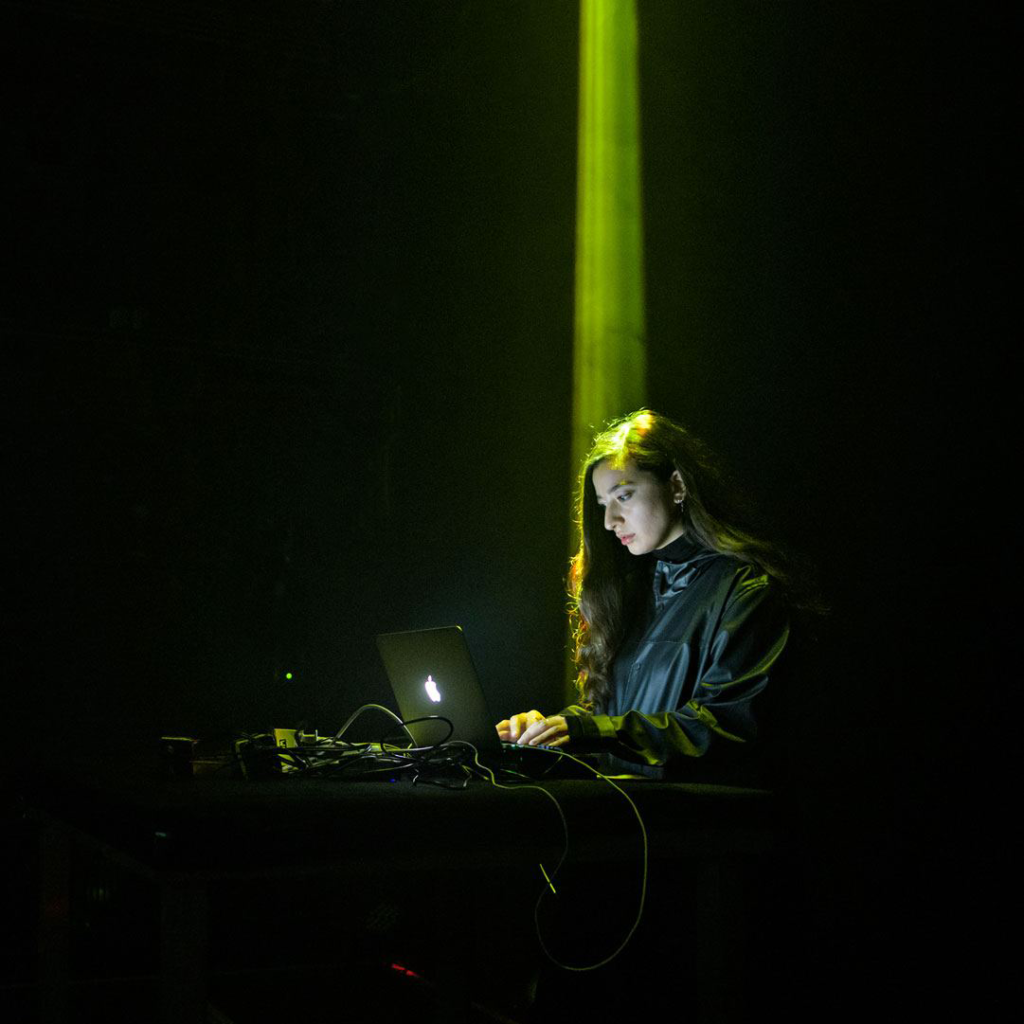
www.sonicacts.com
Rocks erode over eons, dispositioned by streams of water and wind until they break apart into fine grains of sand. Dunes are formed from the sandpiles deposited by the wind. In time, the beds build-up, compact under great pressure, becoming sedimentary rock, solid, again. The formation of sandpiles is a system that serves as a paradigm for self-organized criticality. Grains of sand are distributed in a finite space by the wind. They rest on top of one another, creating a pile with a slope that increases until it reaches a maximum, its critical state. If the pile reaches this state, some grains start to slide down, causing an avalanche effect.
By simplifying the dynamics of a sandpile as a self-organized critical system and extracting its major features, a model can be developed. A sand avalanche is also capable of producing unexpectedly pure acoustic emissions under specific conditions, which is known as Booming Sand. Building on field recording archives and existing research on this phenomenon, the sound material used in this performance is synthesized based on extracted sonic parameters of the booms, using granular synthesis.
LÖSS is an exploration of self-organized criticality, simulating the dynamics of sandpiles using cellular automata models. The sandpile automaton controls dynamic and spectral parameters of the sonified data from the booming sands and spatializes it to 4 channels to create an immersive experience. The scaling relations within the dynamic sandpile system shape the micro-structure of the sounds. Parameters of the model such as grain size, perturbation, relaxation, etc. are modified throughout the live performance in a way that narrates the cyclic history of sand formation. LÖSS is an artistic approach to the self-criticality of sandpiles, representing the essential behavior of the real system.